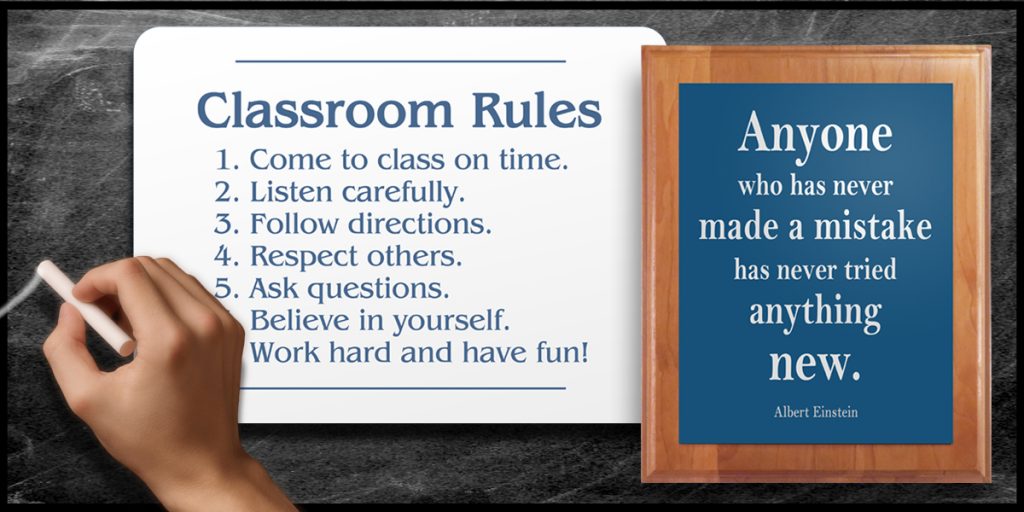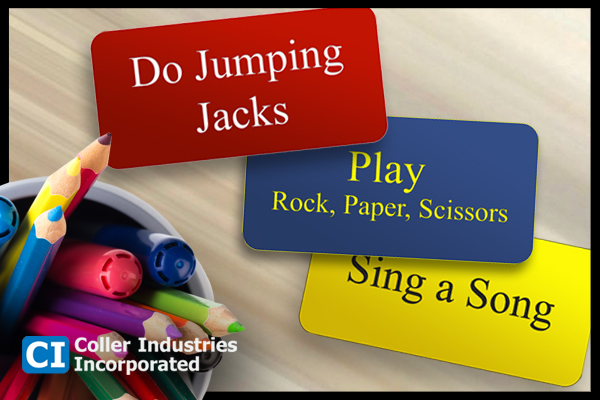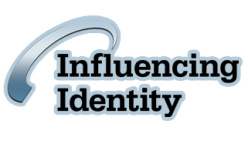You may think having students who want to be at school and learn from their teachers sounds to good to be true. But that’s what schools that focus on increasing student engagement are seeing. More than coming to class and turning in homework, engaged students are enthusiastic about their education and have a desire to excel in their classes. If you want to see your students succeed, you must figure out how to engage them in the learning process.

What is student engagement?
In education, student engagement refers to the degree of attention, curiosity, interest, optimism, and passion that students show when they are learning or being taught, which extends to the level of motivation they have to learn and progress in their education.
How does student engagement affect learning?
Multiple research studies have found that students who arrive on time, pay attention in class and complete assignments are more likely to get higher grades and graduate on time. On the flip side, studies have found that students who do not pay attention or participate in classwork have lower grades and are less likely to graduate on time. Because student engagement directly impacts student performance, it is essential for teachers to recognize when students are engaged and increase that level of engagement.
How can you tell when students are engaged?
There are three types of student engagement: behavioral, cognitive and emotional.
Behavioral Engagement is when students actively participate in the learning process. They show up on time, turn in their homework and bring the materials they need for class. They also participate in class discussions, do what their teacher says and consistently try their best.
Cognitive Engagement is when students try to learn as much as they can. Not only do they pay attention in class, but they also ask thought provoking questions and go beyond what you ask them to do.
Emotional Engagement is when students have a positive outlook on their educational experience. You can tell students are emotionally engaged when they treat you and their classmates with respect and approach schoolwork with optimism.
To know how invested your students are in their education, look for all three types of engagement. If you only concentrate on behavioral engagement, you may overlook students who feel left out or need to be intellectually challenged.
What makes student engagement challenging?

Keeping students engaged is hard, both in a classroom setting and an online learning program. In a classroom, you have to teach all of your students at once. This makes it hard for you to determine how quickly you should go through a lesson. If you go too fast, some students will get frustrated as they fall behind. If you go too slow, other students will lose interest as they wait for the next activity
The difficult part about teaching students online is that they can get easily distracted. Not only can they get lost in browsing the internet or playing video games, but they can also get disrupted by other people who do not realize they are in class.
Online learning also makes it hard for students to connect with the class emotionally. If students feel that they don’t have a relationship with you or their classmates, then they are less motivated to participate in discussions or do their homework.
Student Engagement Strategies
Now it is time to plan how you will increase student engagement. To help you get started, here are some ideas that apply to almost every grade level. And they work for classroom and online teaching.
Behavioral Engagement Strategies
Students will know how to behave when you give them class rules to follow. List your class rules on a custom sign or plaque, and hang it where students can see it. Make sure to include a rule about students treating each other (and you) with respect so that everyone has a positive experience.
Get more students to participate in class discussions by putting each student’s name on a name tag. When you have a question for the class, draw a name tag out of a box and ask that student to answer it. This strategy prevents the same students from answering all of the questions. It also motivates your students to stay alert because they never know when their name is going to be chosen.
Another way to get students to stay alert is to use blank ribbons as attention signals. Hold up one color ribbon to say when it is time to listen and another color when it is time to discuss. Using these visual cues helps your students know what to do and stay engaged throughout the lesson.
Cognitive Engagement Strategies
Motivate your students to do their best by coming up with learning objectives for your class. Learning objectives show your students what they can achieve if they pay attention and complete assignments. Once they understand how your class benefits them, they will take it seriously. To keep these learning objectives on the forefront of their minds, add them to a custom sign or plaque for all your students to see.
Keep your students focused on their schoolwork by making educational bookmarks for them. Use Custom Top Ribbons to make full-color bookmarks that teach grammar rules or math formulas that will help students with their homework. Your students are sure to appreciate these learning tools and use them for textbooks and other class materials.

Part of keeping your students engaged mentally is giving them a chance to unwind. To make this easy, customize name tags with a wide variety of mental breaks (e.g., sing a song or play rock, paper, scissors) and put them in a jar. When it is time for a mental break, take a tag out of the jar and have your students do that activity.
Emotional Engagement Strategies
Get your students excited to learn by decorating your classroom with ribbons, plaques and more. Even if you teach online, decorating the room you are in with bright colors and custom designs will stimulate your students’ imaginations. Hang a ribbon chandelier from the ceiling or drape a ribbon garland along a wall. Give your whiteboard a little flair by lining the edges with a brightly colored ribbon. To decorate your desk, customize an acrylic plaque or desk wedge with an inspirational quote and graphic.
Emotionally engage your students by helping them get to know you and their classmates better. Customize badge ribbons with a wide assortment of positive characteristics, such as Life of the Party or Proud Computer Geek. Have each student wear these ribbons during class by attaching them to their shirt. (Don’t forget to wear ribbons that describe you.) By using these descriptive ribbons, your students will emotionally connect to you and their classmates as they see (literally) how much you all have in common.
Students will have a positive attitude toward learning when you make it fun. Use paper inserts to play trivia and other games with your students. While you are at it, why not throw in some friendly competition with spelling bees and other contests. Don’t forget to pass out Prize Ribbons so your students will always remember the fun they had in your class.
What engagement strategies have worked for you? Share them in a comment so other educators can benefit from your expertise.
Improve Performance Through Student Engagement
No matter if you are teaching online or in person, keeping your students engaged in the learning process will improve their school performance. They will earn better grades, score higher on tests and graduate on time. So what are you waiting for? Put custom name tags, ribbons, plaques and signs to work for you so your students will reach their potential.
